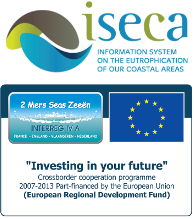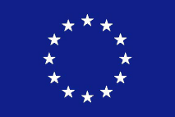| [ report an error in this record ] | basket (0): add | show |
 |
| Nitrogen source apportionment for the catchment, estuary, and adjacent coastal waters of the river Scheldt Vermaat, J.E.; Broekx, S.; Van Eck, B.; Engelen, G.; Hellmann, F.; De Kok, J.L.; Van der Kwast, H.; Maes, J.; Salomons, W.; Van Deursen, W. (2012). Nitrogen source apportionment for the catchment, estuary, and adjacent coastal waters of the river Scheldt. Ecol. Soc. 17(2): 30. http://dx.doi.org/10.5751/ES-04889-170230
|
| Available in | Authors |
| |
| Author keywords |
|
| Authors | Top | |
| Abstract |
|
| Top | Authors |













